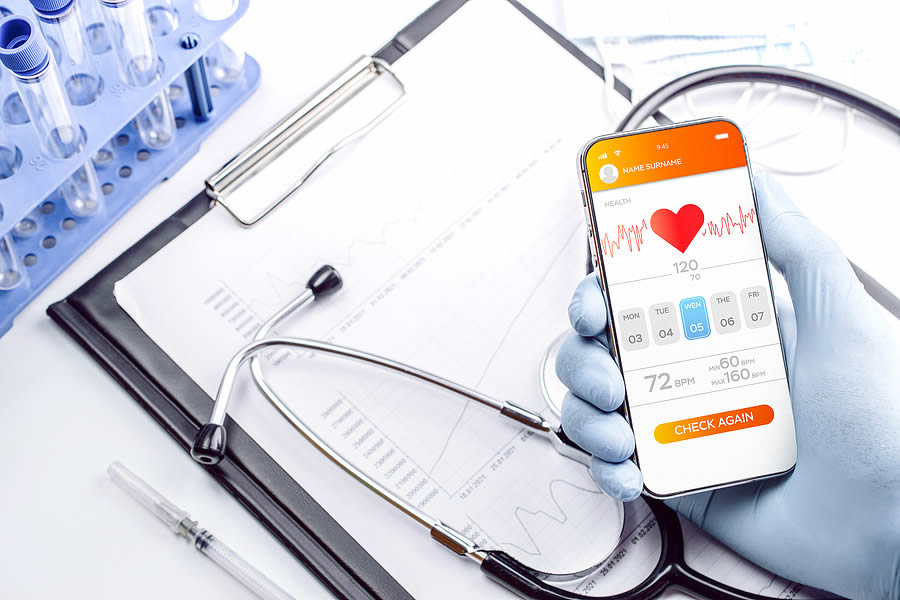In today’s rapidly evolving healthcare landscape, mobile healthcare units are becoming a game-changer, particularly for non-profit organizations aiming to serve underserved and remote communities. These mobile units, equipped with advanced medical technology, are designed to provide essential healthcare services wherever they are needed most. One such innovation making waves is the portable lab bench, a versatile tool that brings diagnostic capabilities directly to the field, eliminating the need for long travel times to clinics and hospitals.
Expanding Reach to Remote Communities
The traditional healthcare model often struggles to reach rural or isolated populations. Many individuals in these communities face significant barriers, including lack of transportation, financial constraints, and the unavailability of local medical facilities. Mobile healthcare units are now addressing these issues head-on, providing essential services such as check-ups, immunisations, lab tests, and consultations on wheels.
Non-profits, in particular, have embraced this innovation as a way to extend their reach without the overhead costs of building new physical healthcare facilities. By using mobile units, organisations can take healthcare directly to people in remote or underserved regions, providing a vital lifeline for those who would otherwise go without care. The convenience and flexibility offered by these mobile units are crucial in filling the gaps where traditional healthcare systems fall short.
Technology on the Move: Mobile Lab Benches and Other Innovations
One of the standout features of modern mobile healthcare units is the integration of cutting-edge technology, which includes tools like the portable lab bench. These compact yet powerful workstations allow healthcare professionals to perform diagnostics and lab tests in real-time, on-site, eliminating the need for patients to wait for days or weeks for results. From blood tests to urine analysis, these mobile labs are capable of providing comprehensive diagnostic services right at the doorstep of remote communities.
But mobile healthcare isn’t just about diagnostics. Mobile units also come equipped with telemedicine capabilities, allowing patients to consult with specialists remotely via secure video calls. This is particularly valuable in rural areas, where access to specialists is often limited. The combination of on-site diagnostics and virtual consultations is revolutionizing the way healthcare is delivered, making it more accessible and effective.
Cost-Effective Healthcare Delivery
For non-profit organizations, managing costs while delivering high-quality healthcare can be a significant challenge. The initial investment in a mobile healthcare unit might seem daunting, but the long-term savings are undeniable. Instead of setting up costly brick-and-mortar facilities in multiple locations, mobile units can serve as mobile hubs, reducing overhead costs such as rent, utilities, and staffing for static clinics.
Moreover, these units are adaptable. A non-profit organization can quickly relocate its mobile healthcare unit to a different region or community depending on where the need is greatest, ensuring that resources are used efficiently. For many non-profits, this flexibility allows them to maximise their outreach while keeping their operational costs manageable.
Collaborating with Communities for Better Health Outcomes
One of the most significant advantages of mobile healthcare units is their ability to foster strong relationships between healthcare providers and the communities they serve. These units often collaborate with local leaders and organizations to better understand the specific needs of the population. By integrating community input into their service offerings, non-profits can ensure that they’re addressing the most pressing health concerns.
Mobile units also help to raise awareness about preventive healthcare. Non-profits can use these units to conduct health education workshops, provide screenings for common ailments, and offer immunizations. The direct connection between healthcare professionals and the community helps build trust, ensuring that patients are more likely to seek treatment when needed.
The Future of Mobile Healthcare for Non-Profits
Looking ahead, the scope of mobile healthcare is only set to expand. As technological advancements continue to emerge, mobile healthcare units will become even more sophisticated, incorporating tools like AI-driven diagnostics, portable imaging devices, and advanced telehealth platforms. These innovations will enhance the ability of non-profit organizations to deliver a wider range of services, including mental health support, maternal and child health care, and chronic disease management.
Additionally, the ongoing pandemic has underscored the need for flexible, accessible healthcare solutions. As the world continues to adapt to new challenges, mobile healthcare units will play a pivotal role in ensuring that vulnerable populations are not left behind.
Conclusion: A Sustainable Solution for Healthcare Accessibility
Mobile healthcare units, including innovations like the mobile lab bench, are transforming the way healthcare is delivered, particularly for non-profit organizations dedicated to serving underserved communities. By improving access to essential healthcare services, reducing costs, and fostering stronger relationships with local populations, mobile healthcare is not just a trend—it’s a sustainable solution for improving public health.
As technology advances and non-profits continue to embrace this flexible model, the future of mobile healthcare looks brighter than ever, ensuring that no one is left behind, no matter where they live.

